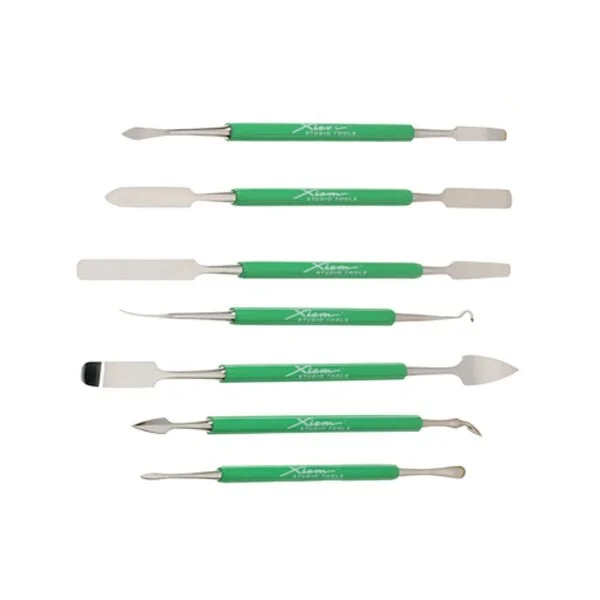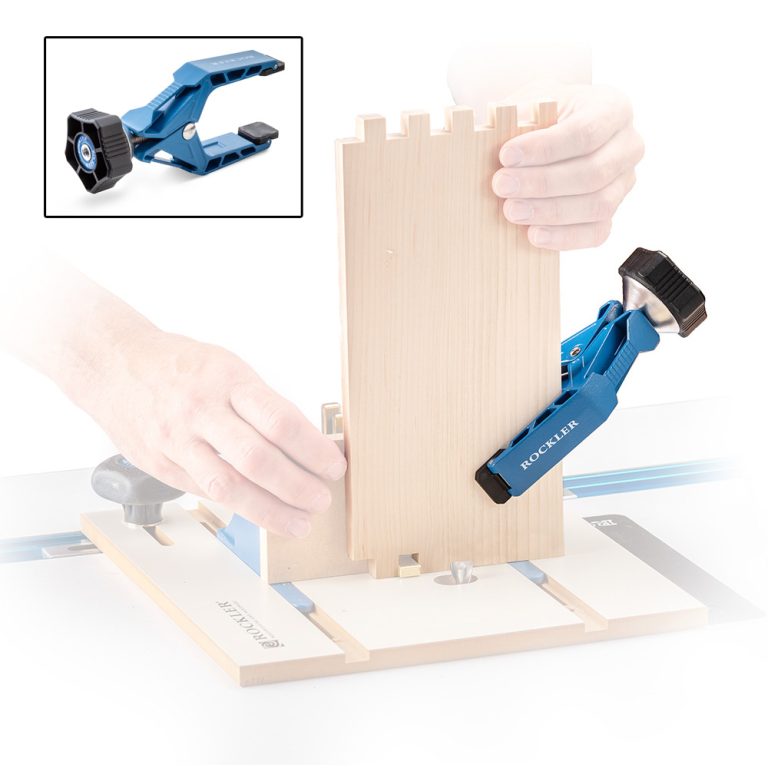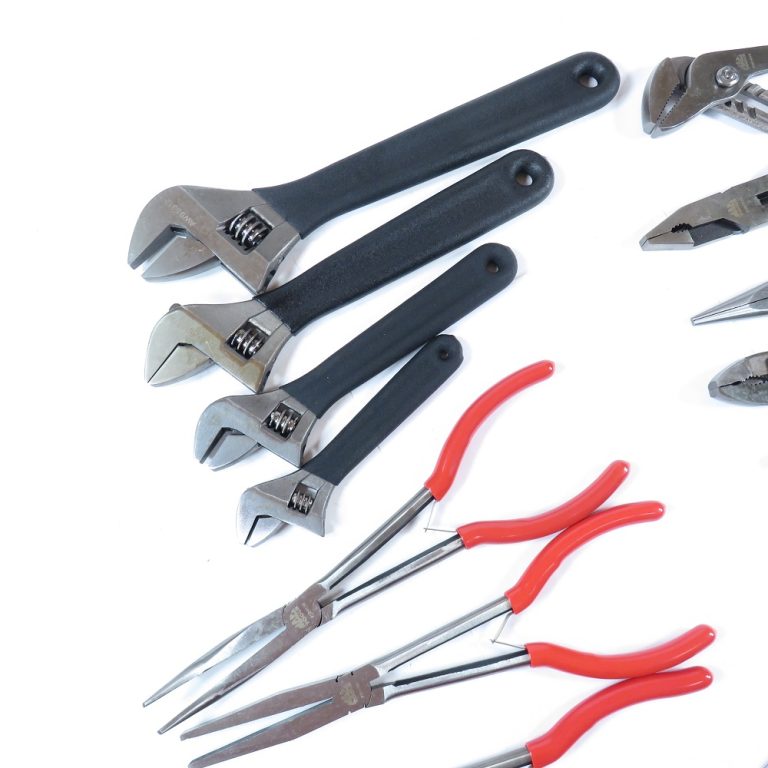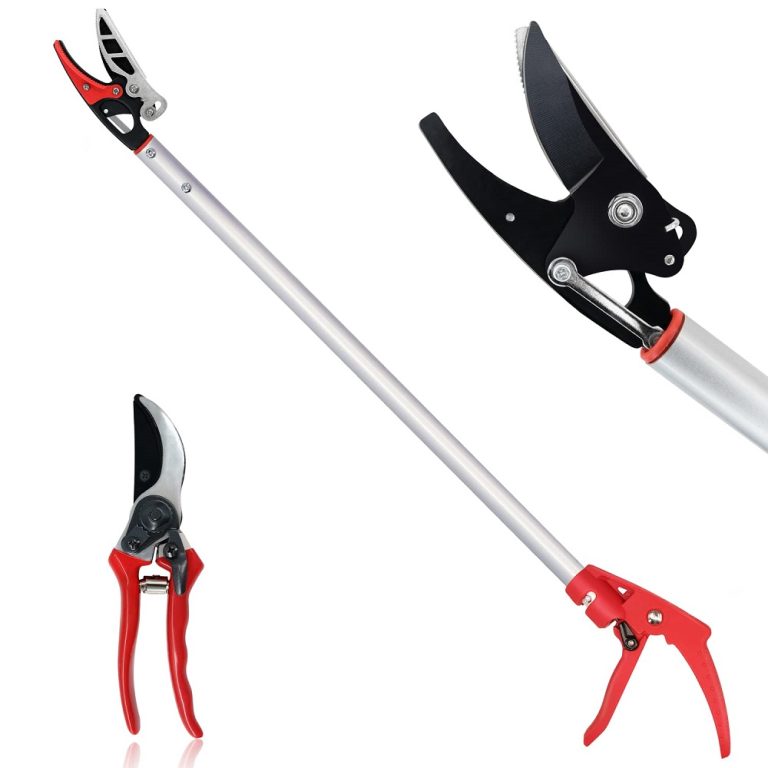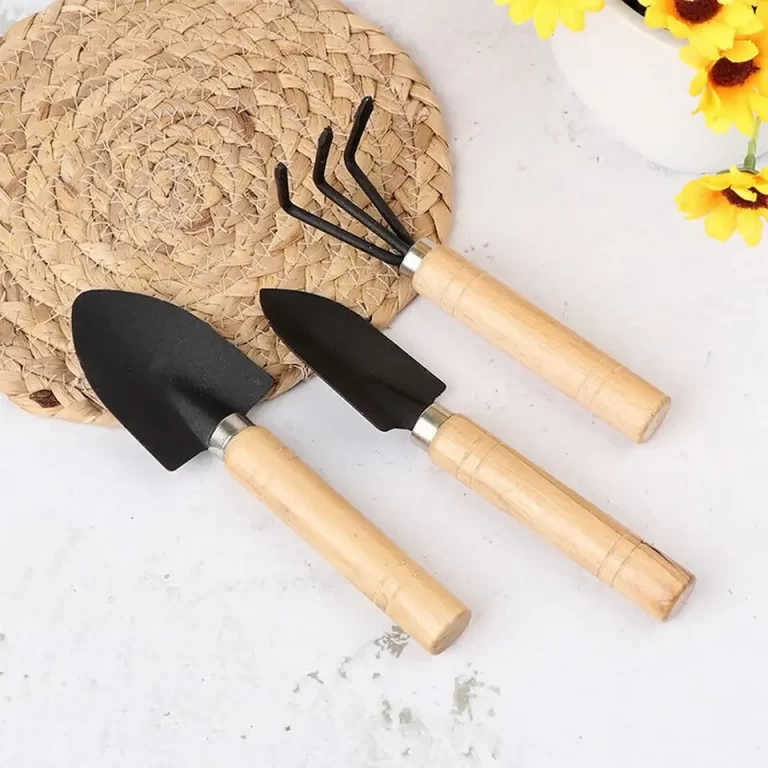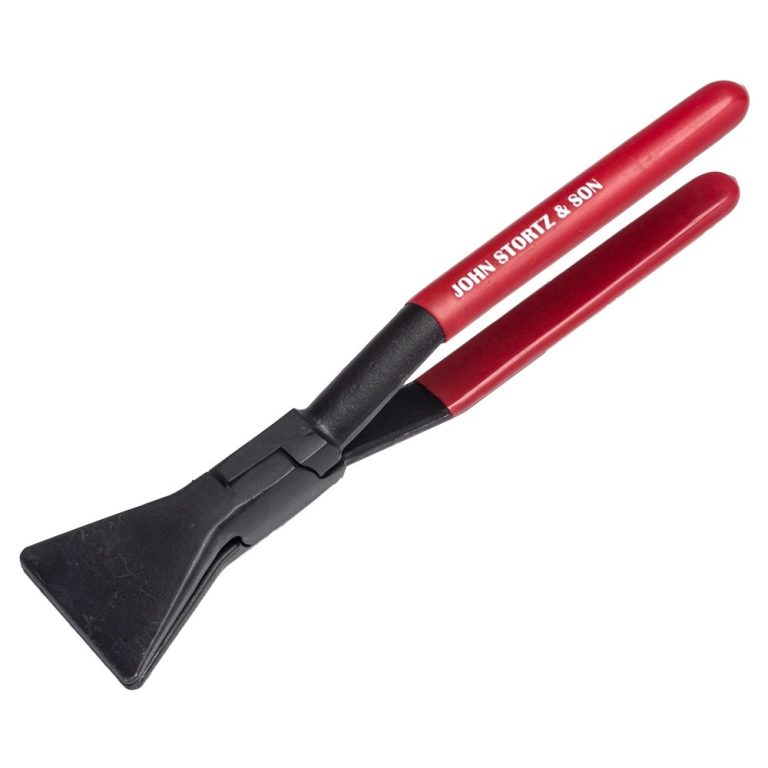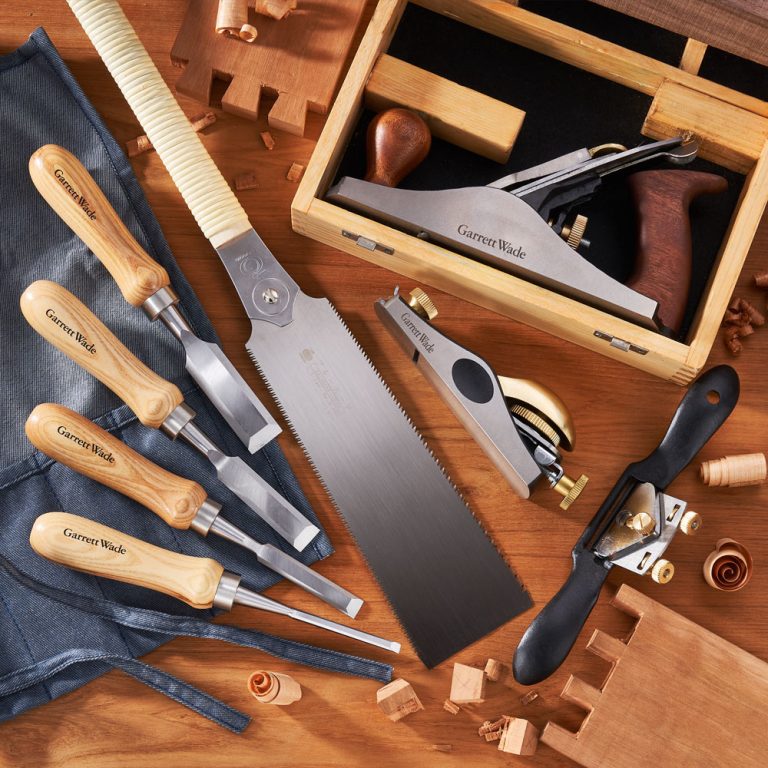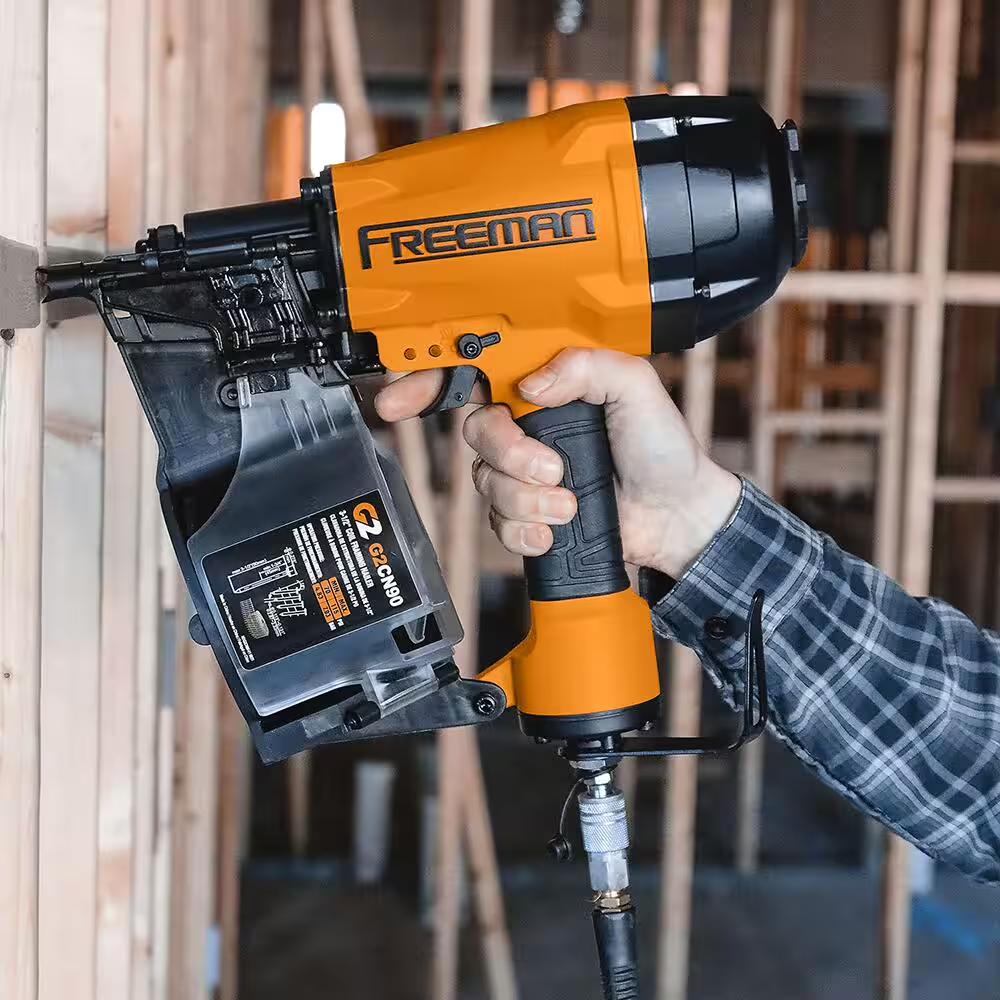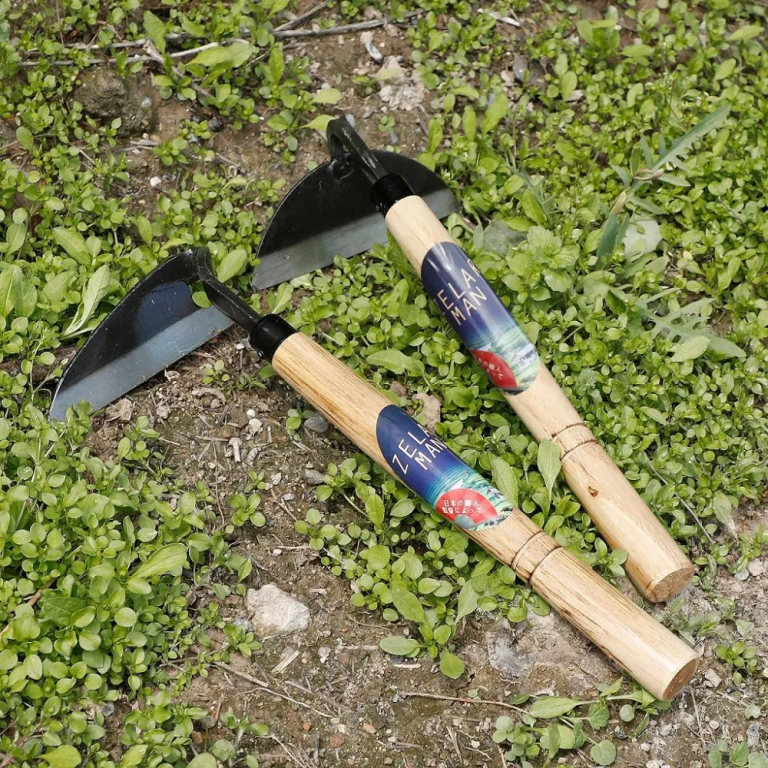Crafting with clay is a rewarding and creative hobby enjoyed by many. From sculpting intricate figures to making pottery, the right tools can make a significant difference in the quality of your work. With various innovative tools available, artists and hobbyists can elevate their clay crafting experience to new heights. This article will explore the essential clay tools, highlight innovative options, and discuss how these tools can enhance your crafting skills and outcomes.
The Importance of Quality Tools
Enhancing Creativity and Precision
When working with clay, the tools you choose can greatly impact your creative process. Quality tools help you achieve more precise results and allow for greater versatility in your projects. Whether you’re shaping, cutting, or detailing, having the right tools can enhance your artistic expression. Moreover, using high-quality tools reduces frustration and streamlines the crafting process, enabling you to focus on bringing your ideas to life rather than struggling with inadequate equipment.
Building Confidence in Your Skills
Investing in good clay tools can also build your confidence as a crafter. When you have reliable and efficient tools, you are more likely to experiment with new techniques and styles. The ability to achieve desired effects without excessive effort encourages you to push your boundaries. This newfound confidence can open doors to new forms of artistic exploration. In turn, this leads to continual improvement and mastery of your craft, allowing you to create stunning pieces that reflect your personal style.
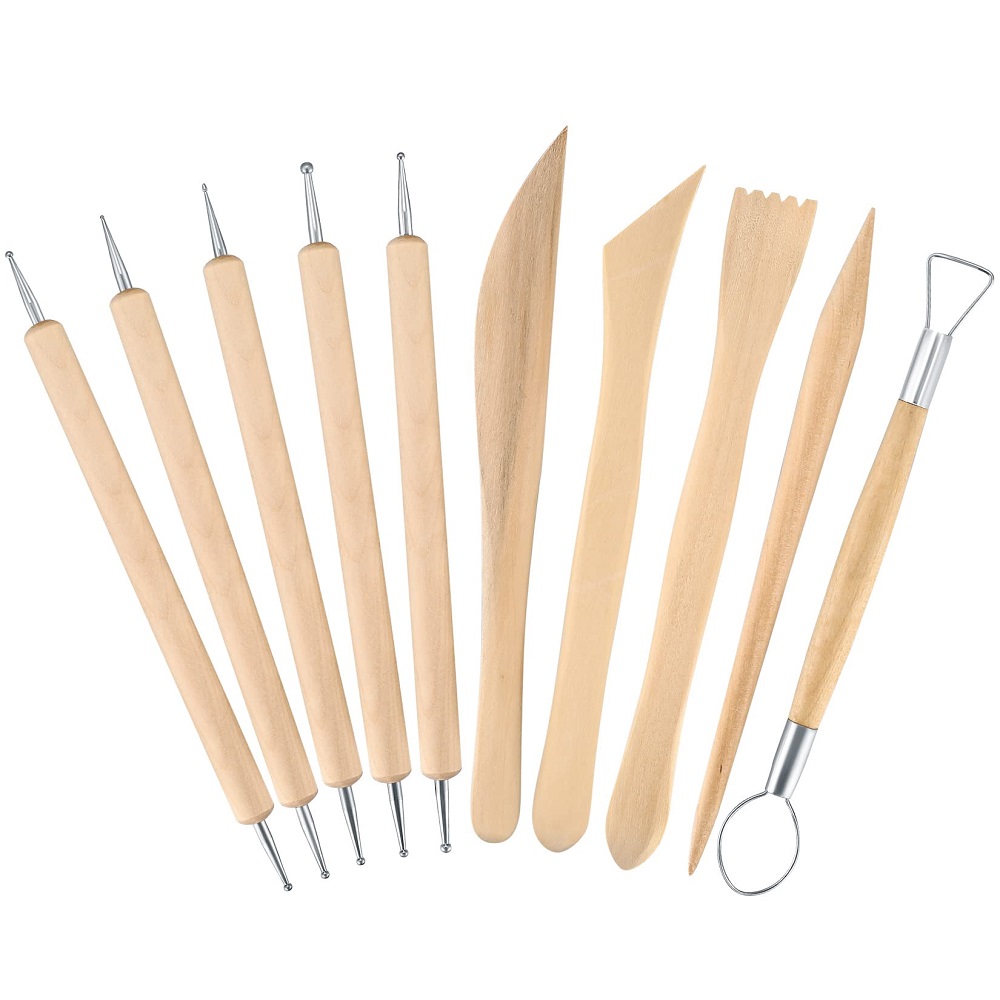
Essential Clay Tools
1. Clay Cutters and Knives
Clay cutters and knives are fundamental tools in any clay artist’s toolkit. These tools come in various shapes and sizes, making them suitable for different tasks. A basic knife can help slice through slabs, while specialized cutters allow for intricate detailing. Wire cutters are particularly useful for neatly cutting blocks of clay without deformation. Investing in a good set of cutting tools will make your work cleaner and more professional-looking.
2. Rolling Pins
Rolling pins are essential for creating even slabs of clay. A sturdy rolling pin allows for consistent thickness across your work, ensuring uniformity in your projects. You can find various types, including adjustable rolling pins that enable you to set the desired thickness. When using a rolling pin, consider using non-stick surfaces or adding a layer of plastic wrap over your clay to prevent sticking. This simple trick helps keep your workspace clean and your clay workable.
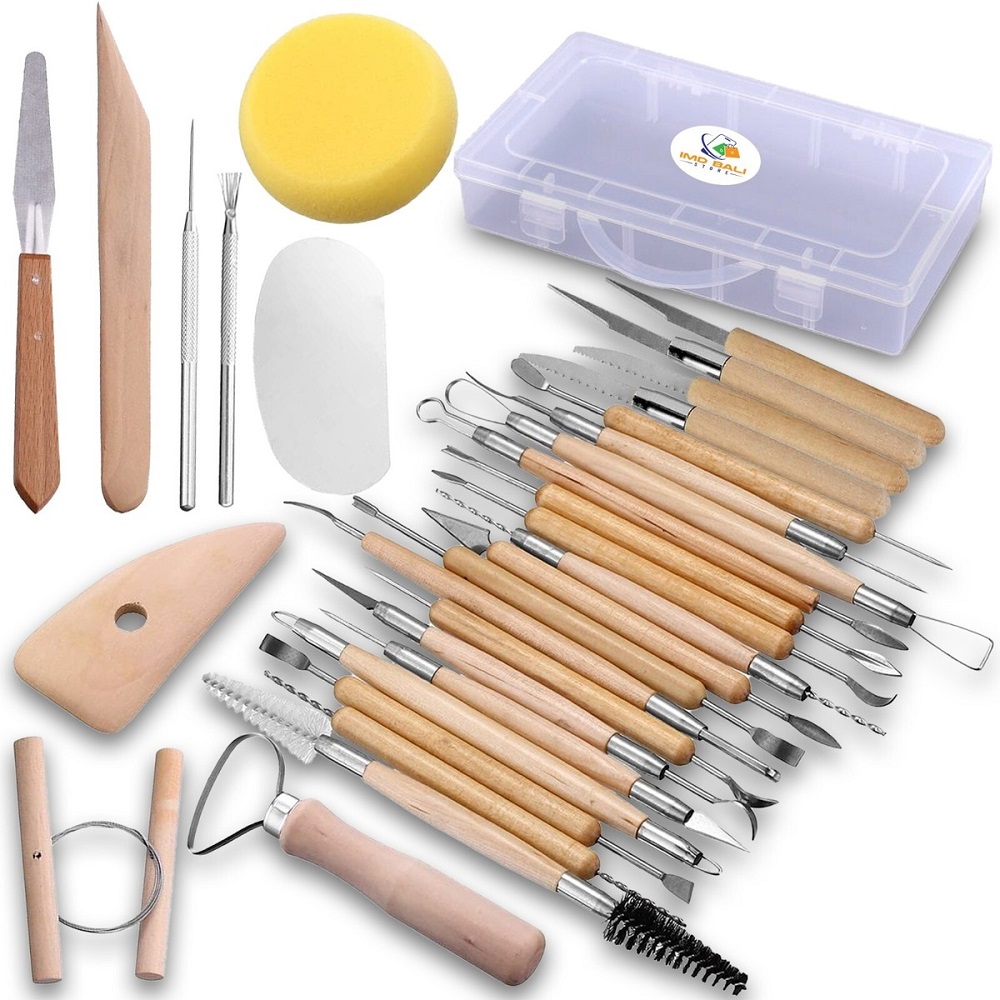
Innovative Clay Tools
3. Gelly Roll Pens
Gelly Roll pens are an innovative addition to the clay crafting process. These pens are not just for paper; they can also be used on polymer clay or air-dry clay to add intricate details and designs. With a range of colors and finishes, including metallic and glitter options, Gelly Roll pens allow you to personalize your creations. Additionally, they are great for adding fine lines or decorative elements, making your pieces truly unique. Keep a few on hand to elevate the aesthetic of your work effortlessly.
4. Texture Tools
Texture tools are essential for adding depth and interest to clay projects. These tools come in various forms, including stamps, rollers, and combs. A simple pattern roller can create stunning designs all over your clay surface, while texture mats provide more intricate patterns. By incorporating textures into your work, you can create visually striking pieces that stand out. Experimenting with different texture tools can lead to exciting discoveries in your clay art.
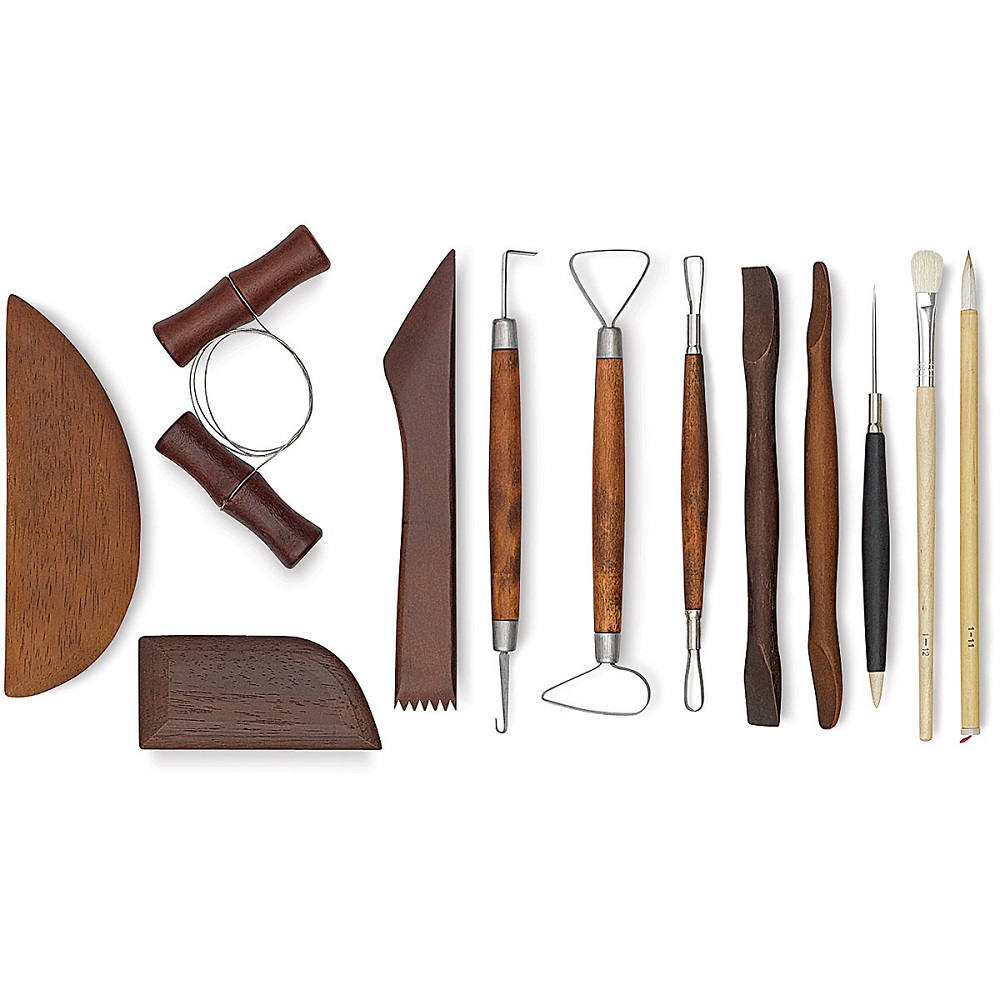
Specialized Tools for Mastery
5. Pottery Wheels
A pottery wheel is a classic tool that allows for creating intricate pieces such as bowls, vases, and plates. While traditional pottery wheels require skill to master, they provide unparalleled control and precision. Investing in an electric wheel makes crafting easier and more enjoyable for beginners and experienced artists alike. Practicing on a pottery wheel can significantly enhance your shaping skills and open new avenues for creativity. Many local studios also offer workshops, providing an opportunity to learn and practice before making a purchase.
6. Extruders
Clay extruders are innovative tools designed to create specific shapes and forms. With an extruder, you can easily produce consistent coils, slabs, and ropes of clay. This tool is particularly useful for making repetitive shapes or designs, allowing for efficiency in your crafting process. Extruders come with various dies, enabling you to customize the outcomes to fit your project’s needs. Whether creating intricate details or building structures, an extruder can enhance the efficiency of your workflow and elevate the quality of your work.
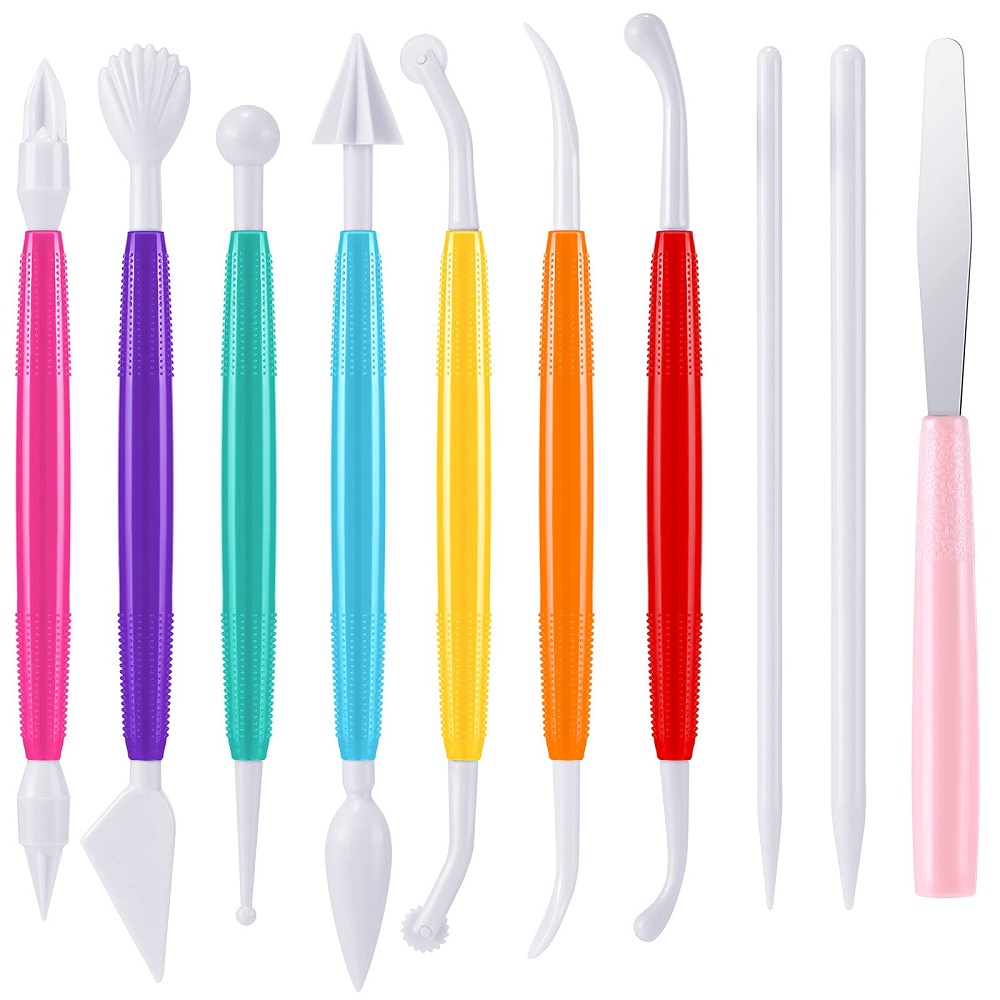
Advanced Techniques with Tools
7. Sculpting Tools
Sculpting tools come in various shapes and sizes, each designed for specific tasks. Essentials include loop tools for carving and refining shapes, as well as shapers that allow for smoothening surfaces. These tools enable you to work on both fine details and broad forms, making them indispensable for sculpting projects. Advanced sculpting tools with unique tips can help create textures and patterns that enhance your design’s overall look. By mastering the use of sculpting tools, you can transform clay into stunning works of art that showcase your skills.
8. Sgraffito Tools
Sgraffito is an exciting technique used to create decorative surfaces by scratching through a layer of clay to reveal a contrasting color beneath. Using sgraffito tools allows you to create intricate designs and patterns, adding complexity to your projects. These tools can range from simple needles to fine carving tools, enabling you to add depth and detail to your work. This technique can truly elevate your artistic expression, turning basic clay forms into striking pieces with stunning visual appeal.
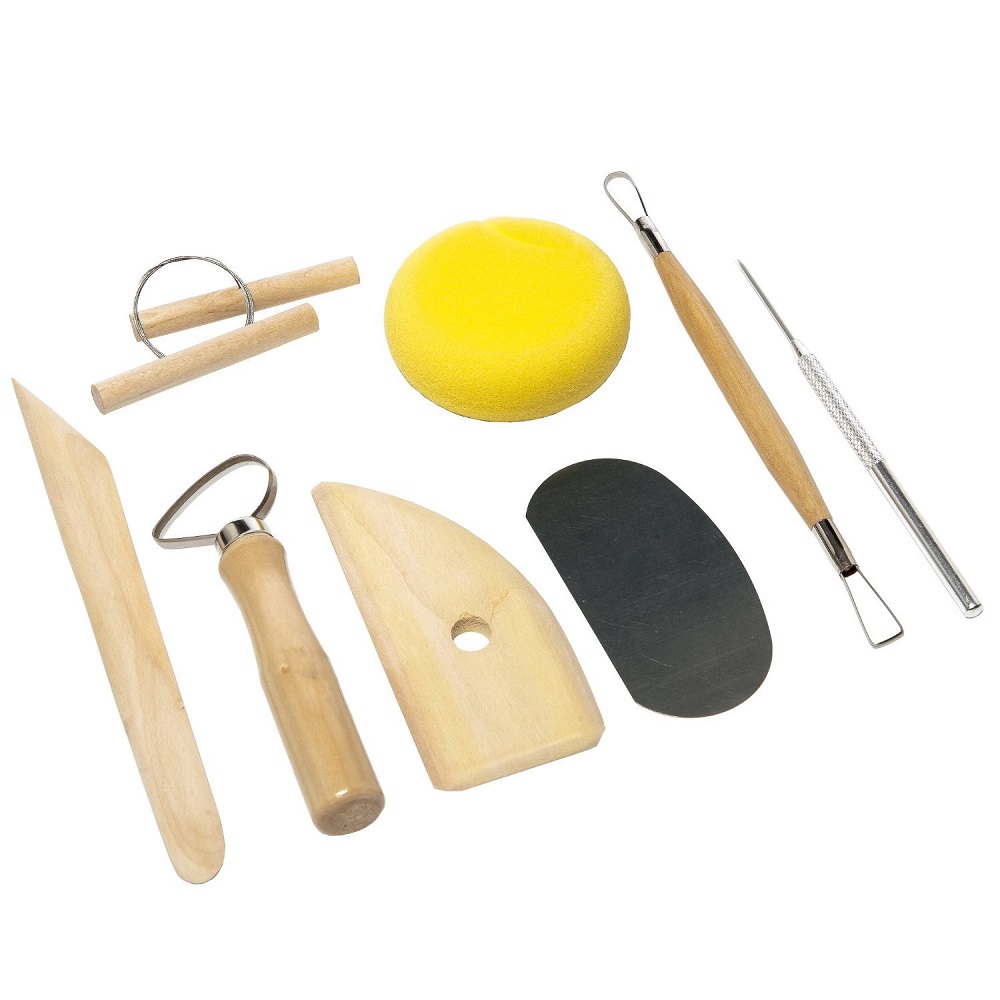
Cleaning and Maintaining Tools
9. Regular Maintenance
Maintaining your clay tools is essential for ensuring their longevity and effectiveness. After each use, make it a habit to clean and properly store your tools. For rolling pins, wipe them down to remove any clay residue and oil them occasionally to preserve their surface. Wash sculpting tools with soap and water to prevent clay from hardening on them. Keeping tools in good condition allows for continued high-quality work and can save money on replacements in the long run.
10. Organizing Your Workspace
An organized workspace contributes significantly to the crafting process. Keep your tools in designated containers or racks for easy access. This organization can help you find the right tool quickly, allowing you to focus on your creative projects. Additionally, use labels for containers to identify tools effortlessly. An organized space will not only improve your efficiency but also inspire creativity by creating a pleasant environment for crafting.
The Benefits of Continued Learning
11. Workshops and Classes
Participating in workshops and classes can help you gain new skills and insights into using innovative clay tools. Many studios and art schools offer courses in various clay techniques, from basic pottery to advanced sculpture. Learning from experienced instructors can provide valuable tips and tricks that enhance your crafting. Additionally, collaborating with fellow artists fosters a supportive environment where you can exchange ideas and techniques. Seeking out learning opportunities is a fantastic way to hone your skills and expand your knowledge base.
12. Online Resources and Communities
In today’s digital age, numerous online resources can support your clay crafting journey. Websites, forums, and social media groups dedicated to pottery and clay arts are abundant. They offer tutorials, tips, and inspiration for aspiring and established artists alike. Engaging with these communities allows you to see how others use tools in innovative ways. Sharing your work and receiving feedback can help you grow as a crafter. Connecting with others who share your passion can be motivating and informative, expanding your creative horizons.
Conclusion: Elevating Your Craft with the Right Tools
In conclusion, the right clay tools can elevate your crafting skills while providing the foundation for creating stunning pieces. Understanding the essential tools, as well as innovative options, can significantly enhance your workflow and artistic expression. Regular maintenance and proper care are vital for keeping your tools in top condition, while continued learning through classes and online communities can broaden your skill set.
Whether you’re a beginner eager to explore the world of clay or an experienced artist looking to refine your techniques, investing time and resources into honing your skills will pay off. Embrace the journey of creativity, and allow your chosen tools to enhance your connection to clay. With a well-equipped toolkit and a passion for crafting, you can transform your ideas into remarkable works of art that resonate with your unique vision. Remember to consider tips for using innovative clay tools effectively, as each piece you create is a step forward in your artistic journey. Keep exploring and experimenting with the tools that inspire you.
